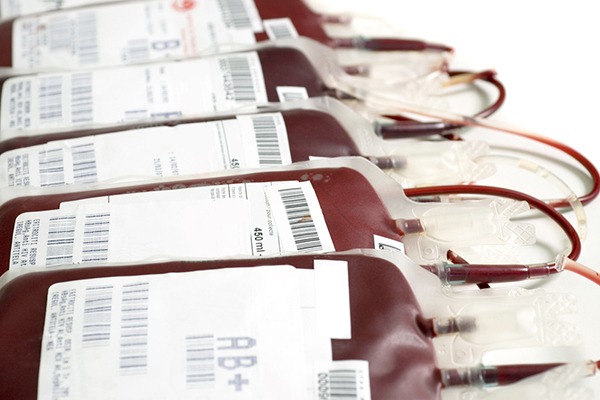
Blood Doping and EPO: An Anti-Doping FAQ
Blood doping, which may include the use of erythropoietin (EPO), is among the most well-known methods of doping in sport. Learn more about the prohibited method, as well as the prohibited substance EPO, in this anti-doping FAQ:
What is blood doping?
Blood doping is the practice of misusing certain techniques and substances to increase the number of circulating red blood cells (and hemoglobin mass) in the body. Since hemoglobin within the red blood cells carry oxygen to the muscles, this lets the body transport more oxygen to working muscles and can increase their aerobic capacity and endurance, as well as improve recovery. Blood doping involves using pharmaceuticals, such as EPO and other biosimilars, to stimulate the production of more red blood cells, or the infusion of additional red blood cell volume.
The manipulation of blood and blood components to enhance performance is prohibited at all times under the World Anti-Doping Agency (WADA) Prohibited List.
What is EPO?
EPO is part of a class of substances called Erythropoiesis-Stimulating Agents (ESAs). In a clinical setting, EPO is primarily used for kidney failure, chemotherapy, and other medical conditions involving red blood cell loss and anemia.
Is EPO prohibited in sport?
EPO is prohibited at all times under the WADA Prohibited List and is the most commonly used non-Specified Substance in the class of Peptide Hormones, Growth Factors, and Related Substances in category S2.1 of the List. EPO has been on the WADA Prohibited List since its inception in 2004, and prior to that, it was on the International Olympic Committee (IOC) List of Banned Substances and Methods.
Why is EPO prohibited?
EPO has a long history of abuse in endurance sports. Blood doping involves the misuse of certain techniques and/or substances like EPO to increase one’s red blood cell mass, which allows the body to transport more oxygen to muscles and therefore increase stamina and performance. EPO has been shown to increase performance parameters such as maximal oxygen consumption (VO2max) and time to exhaustion, which is why it’s commonly abused in endurance sports.
Does EPO have any negative health effects?
EPO has significant clinical utility and therapeutic benefit when used appropriately, but its misuse to gain a performance benefit can result in serious health consequences. WADA explains that EPO thickens the blood, which “leads to an increased risk of several deadly diseases, such as heart disease, stroke, and cerebral or pulmonary embolism.” Athletes who misuse recombinant human EPO are also at risk of serious autoimmune diseases.
How long can EPO stay in a person’s system?
It depends on many factors, including dose, frequency, route of administration, and type of ESA administered. Some newer generation ESAs are designed to remain active in the blood for weeks rather than days to make it easier for less frequent administration when used by clinically ill patients; thus, the detection window of these substances is much longer.
How is EPO detected?
A test for EPO was first presented at the 2000 Olympic Games in Sydney, Australia that was based on a complementary analysis using blood and urine matrix. With this test, a blood screening took place first, followed by a urine test to confirm possible use of EPO.
Further published research established that urine tests alone can reliably detect recombinant EPO, a finding that WADA’s Executive Committee accepted in 2003, which led to the adoption of the current EPO detection method. WADA explains that the research “concluded that urinary testing is the only scientifically validated method for direct detection of recombinant EPO” and “recommended that urine testing be used in conjunction with blood screening for a variety of reasons, including the cost savings of performing blood screening prior to testing urine.”
“Recent advances in both direct and indirect detection methods, including the hematological module of the Athlete Biological Passport (ABP), allow for increased detection sensitivity through longitudinal monitoring of blood-based biomarkers in individual athletes,” explains WADA. Atypical ABP profiles are used to facilitate target testing and guide further ESA analyses.
Is the EPO detection method reliable?
The EPO detection method is widely accepted by the scientific community and has gone through an extensive scientific validation process. Accredited anti-doping laboratories worldwide have also successfully used it for years. In September 2005, the WADA Laboratory Committee reaffirmed its support of the method when applied appropriately. According to WADA, the Court of Arbitration for Sport (CAS) has also supported the validity of the EPO detection method in all its decisions relating to EPO.
Read more Spirit of Sport blog posts








